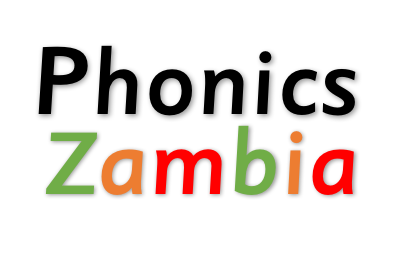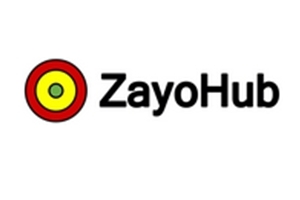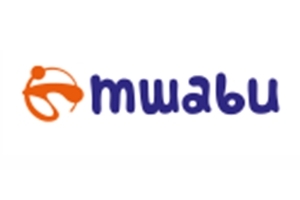The 7 Part Phonics Lesson
As you teach each sound you will use a variety of strategies and methodologies to help the children remember. Each lesson comprises these 7 parts: Review, Introduce new sound, How to write it, Words to read, Words to spell, Read the sentences, Song.
Resources for the 7-Part Lesson can be found on the phonicsbyphone website.
| Preparation | Refer to resources on phonicsbyphone.org
This will give you the correct pronunciation of each sound and the content for the lesson plan for the new sound to be taught. |
| 1 | Review sounds we know
Quickly show one at a time and in random order the letter/s that represent the sounds met so far. Use flash cards or point to posters on the walls and get children to say the corresponding sound. |
| 2 | Introduce the new sound. For example /s/.
Get the children to listen to the sound in some words. Encourage them to identify where in the word the sound can be heard e.g. sun, nest, taps. You can check the sound pronunciation on phonicsbyphone.org Say the example word for the simple sound on the Alphabetic Code Chart e.g. /m/ as in man Can they also hear the sound in first-language words? NB/ This is about auditory discrimination – hearing the sound in the words, not about seeing the letter in words written down. So at this point, don’t write the words |
| 3 | How to write it
Introduce the letter (grapheme) that will represent the sound and show how to write it. You can check letter formation on phonicsbyphone.org |
| 4 | Words to read (decode)
After the first three sounds have been introduced: /s/, /a/, /t/, there will be words that the pupils will be able to read. For example the letters “s”, “a” and “t” can be used to make the English words “sat” and “at”. The words to read are listed in each of the lesson plans. Write the word for reading on the board. Make all the sounds in the word individually once and blend them together to say the whole word whilst running your finger underneath in a left to right orientation. If necessary, translate into a familiar language to make sure children understand the meaning. |
| Words to spell (encode)
Say the word for spelling. Ask the children to listen and identify all the sounds in the word. Count how many sounds on the fingers of their left hand. Ask several children but only write correct number of dashes on board. In the word “sat” there are three sounds /s/ /a/ /t/ and there are also three sounds in rain /r/ /ai/ /n/ Draw a dash on the board for each sound and ask for the letter(s) used to represent that/those sounds. Get a child to come and write one or more letters to represent the sounds on the dashes. Make sure the child writes ascenders (eg d, b, h) and descenders (eg f, g, p, q) going to the correct point above and below the dash. If necessary, translate the word into mother tongue. Each word that is read and spelled out in the lesson could be written in a special book by the children, with a first-language translation if helpful. |
|
| 6 | Read the sentences
Teacher writes the sentences from the lesson plan on the board but does not read them aloud. Some words in the sentences will include sounds and code that have not yet been taught – these are usually high frequency words and may need to be pre-taught before children try to sound out the text independently. The children try to sound out the words as the teacher is writing. Let children attempt to read the sentence aloud before the teacher reads with the class. This reading practice is very important. The sentences in the lesson plans are made up of words with sounds that the children will have already met along with some high-frequency words which will need to be taught as they arise. Eg the, that, he, she Finally the teacher asks the children the meaning of the sentence and helps them to understand what they have read, using mother tongue and/or code switching as necessary |
| 7 | Use the songs and actions provided to help the children to remember the sound and the letters that represent the sound. |





